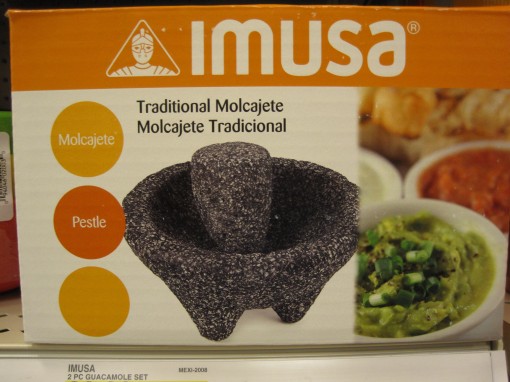Haru Ichiban is on the southeast corner of the intersection of Pleasant Hill Road and Satellite Boulevard, a bit south along Satellite, facing west from the strip mall that lies along the south of Pleasant Hill. It’s a bit hard to find, and a little inconspicuous. There is nothing on the outside that says this is a great place to have Japanese food.
Once inside, however, you can see the excellent review they received in 2000, the Zagat rating, the Atlanta’s top 50 ranking. You can see the long clean sushi bar, you can see the Japanese waitresses, the Japanese cooks, and the largely Japanese clientele that come to this restaurant.
My first exposure to Japanese food on a regular basis came on the island of Guam, which is a popular Japanese tourist destination. My favorite Japanese haunt there was the Yakitori II, a restaurant specializing in yakitori that sat on the edge of the harbor of Agana and had glass on three sides, so you could see out into Agana Bay while you ate. The bay is shallow, shallow enough that you could watch people spear fish while you were eating. The visual experience, particularly at sunset, was phenomenal. The culinary experience was that Japanese food need not be expensive, or so sophisticated the cuisine was the out of reach of an ordinary person.
While in Guam I met my wife, who is half Chamorro, half Japanese. My mother in law is full blooded Japanese, and yes, when I find a restaurant and my whole family is visiting, I have to please them both. The place I go to most often is Haru Ichiban, because it’s just more authentic than most restaurants in Atlanta.
Just how authentic is Haru Ichiban?
It should be understood that the order and presentation of food in a traditional Japanese meal is not the same as a western meal. Most Japanese restaurants in the United States follow a western format. Gone is the central place of rice, gone are the pickled vegetables (tsukemono), gone is the floor seating. Instead you are likely to be served a salad with a traditional dressing, followed by miso soup, then followed by an entree, and then dessert if so desired. Whether the waitress is in a kimono or not doesn’t change the essentially western character of the presentation of the food. In this respect Haru Ichiban is no exception.
By authentic, in this context, I mean that Hari Ichiban serves a broader variety of foods than a common hibachi (Benihana style) restaurant. This popular kind of steakhouse will specialize in grilled meat and shrimp served teppanyaki style, along with tempura and teriyaki steak and chicken, and fried rice. An overwhelming number of Japanese restaurants are serving just these dishes. When I go out to eat, I’d prefer to see something a bit more sophisticated than fried rice.
And in this respect Haru Ichiban does succeed. Appetizers do include yakitori. They have a variety of udon and soba dishes, a variety of ramen dishes, a number of sushi and sashimi specials. If my wife wants tonkatsu (breaded pork), she can have tonkatsu. If she wanted donburi, she could have donburi, even unagi (BBQ eel) don if she wanted.
These by the way, are the lunch dishes. There is a much larger variety of food at dinner, and as Haru Ichiban has changed their menu recently, I won’t speak of what can be found at dinner.
The lunch menu is considerably expanded. Lunch specials have been reordered and renamed. The old “Crazy Tuna Special” is now the special tuna combination. I’ve always liked it, more so when I get the spicy tuna roll. I recently had their chirashi don, a simple sushi where a bowl is half filled with chirashi rice and a variety of sashimi are placed on top. It was pretty, from the deep red of tuna to the light yellow of a slice of egg, to the pale colored ginger they favor here.
Nigiri sushi slices are thick. There is none of this 95% rice, 5% fish stuff going on here. I’ll note that a good number of the Japanese patrons seem to have sushi at lunch, though in all honesty, they’re usually more creative with what they eat (a lot more ribbon sushi, for example).
The ramen this restaurant serves is quite special, as anyone who attends JapanFest can attest to. Haru Ichiban usually has a booth there, serving ramen and they run out quickly. My personal favorite is their seafood ramen, served sio (salt) style. Sio style implies the use of a chicken broth, as opposed to soy. If there is one complaint I can make about Haru is that their soy based noodle flavoring can be too strong sometimes. But the seafood ramen with sio style sauce is light, and the tiny purple octopus that are found in the ramen are just delightful.
Take home? Very good Japanese food, more authentic than most. It’s the one Japanese restaurant on the northeast side of Atlanta I dare take my Japanese mother-in-law. Highly recommended, for both lunch and dinner.






















